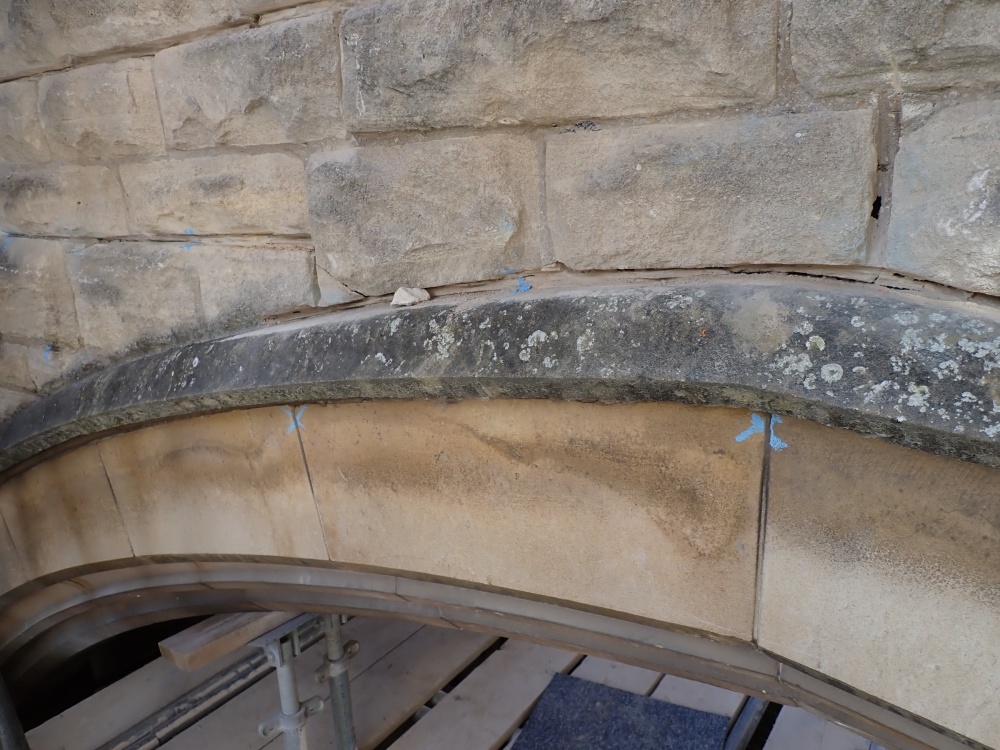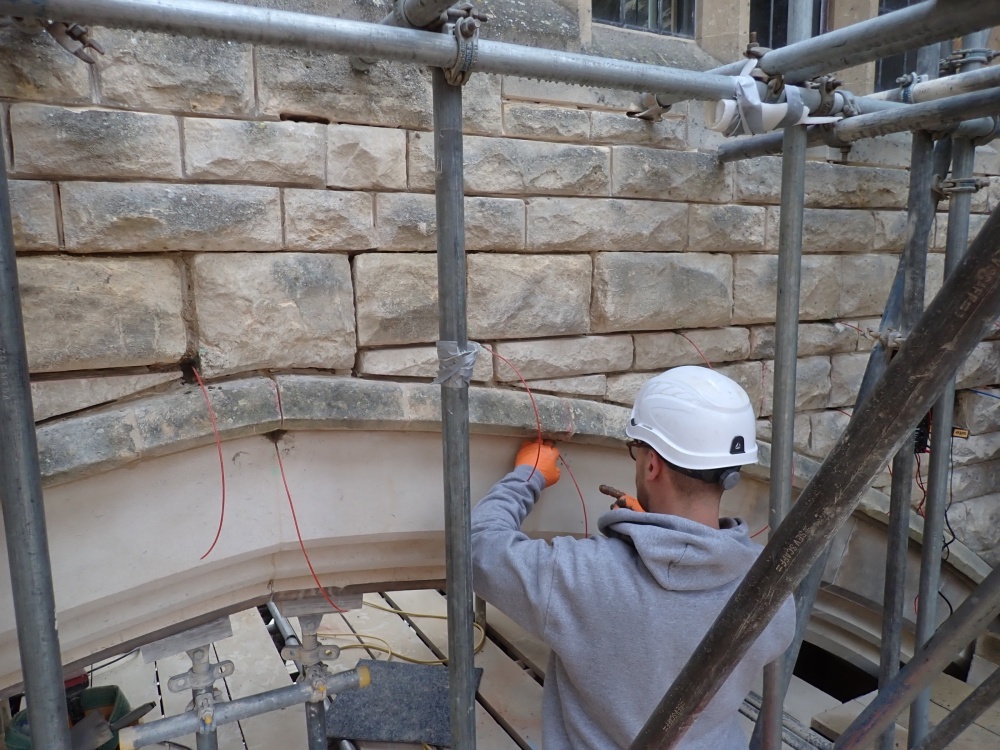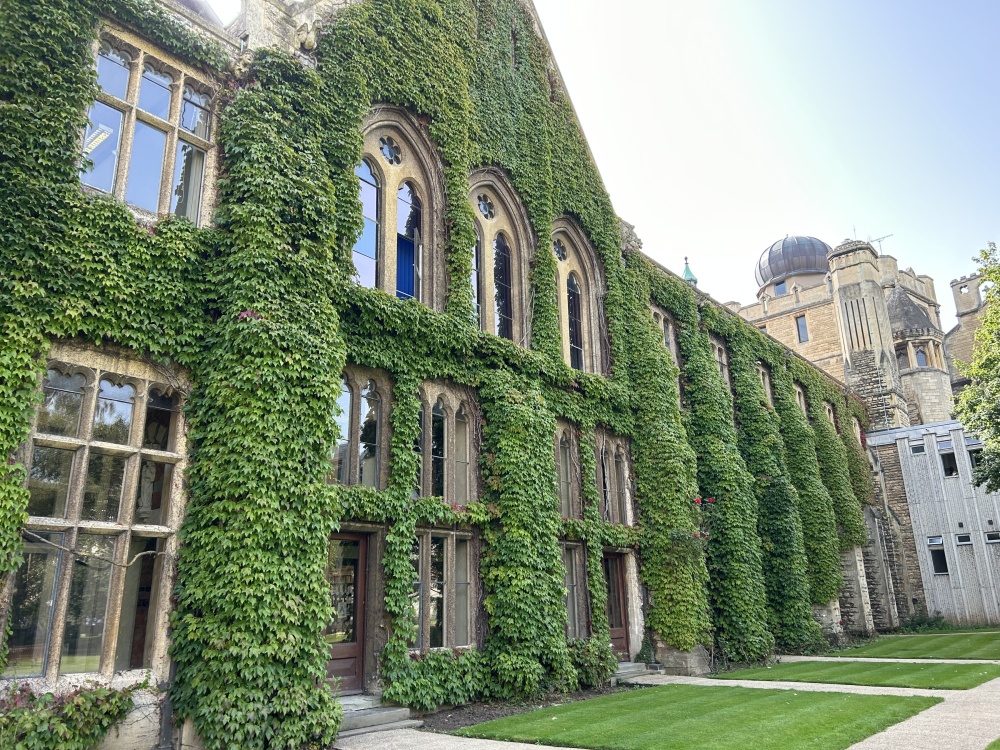Cheltenham Ladies' College

Founded in 1853, Cheltenham Ladies’ College has long been a leader in women’s education in the UK. Its historic campus features Gothic, Victorian, and Regency architectural styles, with buildings dating back to the 19th century. Preserving this architectural heritage remains central to the College’s identity, guiding its approach to ongoing maintenance and restoration.
The Problem
During a regular inspection, structural engineers identified cracking and masonry displacement in an arch bridge that connects two key buildings. On further investigation, the arch was revealed to house a steel I-beam frame behind the stone facade, which had begun corroding due to prolonged water infiltration. Originally protected by a bituminous coating and partial concrete encasement, the steel was no longer adequately shielded, and corrosion had begun to compromise both structural stability and surrounding masonry. If left unaddressed, the deterioration would accelerate, posing risks to both safety and heritage.


Our Solution
To halt ongoing corrosion and ensure long-term protection without altering the appearance of the heritage structure, the College opted to install an Impressed Current Cathodic Protection (ICCP) system. Designed to last over 50 years, the system utilized discreet conductive ceramic anodes embedded within mortar joints to remain visually unobtrusive. The ICCP system was divided into two zones, one for each side of the arch, and included a built-in current regulation mechanism to ensure even distribution and avoid damage to low-resistance areas. Close coordination with the College’s resident stonemason ensured compliance with the building’s listed status and protected the aesthetic of the original construction.
Stray current was identified during commissioning, affecting isolated metal elements such as downpipes and window frames made from cast iron and lead. These components were not originally electrically bonded to the main structure, and thus required sensitive retrofitting. Using custom lead attachments and concealed wiring embedded in the masonry, the team successfully bonded these features to the ICCP system—protecting them from corrosion while preserving their historic appearance. A Remote Monitoring Unit (RMU) was also installed to track performance and support ongoing maintenance.
The Result
The ICCP system was successfully installed with no visible impact on the College’s historic facade. The corrosion activity on the steel I-beam was arrested, and the integrity of the arch bridge was restored, ensuring both safety and longevity.
Continuous remote monitoring through the RMU now enables proactive maintenance, securing the investment for decades to come. This project is a model of how modern corrosion control methods can be applied in sensitive heritage environments, balancing performance, discretion, and respect for architectural legacy.
Through this innovative solution, Cheltenham Ladies’ College has reinforced its commitment to preserving the past while preparing for the future.

Technology Used
These innovative products and technologies were used on this project.